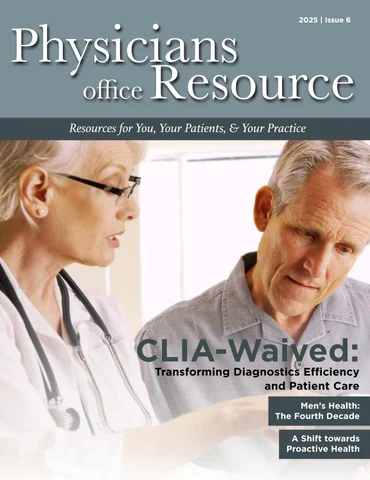Diabetes Patient Management: Time in Range the Newest Metric
Saturday, February 22, 2020
by David Kliff - The Diabetic Investor
Diabetes management has changed dramatically with each new technological innovation. It wasn’t that long ago when knowing a patient’s glucose level was basically guess work. Yes there were tools to measure glucose, however these tools were difficult to use and highly inaccurate. This all changed with the invention of blood glucose monitors which measured glucose using a drop of blood. Although the process wasn’t perfect; for the first-time patients were able to accurately measure their glucose levels on a regular.
The biggest jump in glucose measurement came with the invention and now widespread adoption of continuous glucose monitoring systems (CGMS). For the first time not only could a patient see their glucose levels, they could also see a series of continuous readings. This explosion of data created a whole new world of diabetes management. Patients not only knew where their levels are but thanks to advancements in CGMS they knew were their glucose levels were trending.
This is turn created a new metric for measuring glucose control. HbA1c, always considered the gold standard for measuring glycemic control, was augmented with a new metric, time in range (TIR). Several studies noted that two patients could have exactly the same HbA1c but vastly different TIR profiles. Further studies noted that TIR was as critical if not more so than HbA1c in determining whether or not the patient was at risk for many of the complications experienced with poor glycemic control.
Thanks to CGMS it was now possible to more effectively manage a patient who previously was thought to be under good control because their HbA1c was 7 or below. TIR management allowed patients and their physicians to design therapy regimens which kept the patient in a tighter glycemic range therefore further reducing the likelihood of complications.
Even better the more advanced CGMS systems were supplemented with smartphone apps and/or web sites which provided advanced reporting capabilities. Using these cloud-based capabilities patients could now easily share not just their readings but also the many reports produced by the sites/apps.
In its simplest form TIR isn’t just about detecting and avoiding hypoglycemic events. TIR management is equally about avoiding the higher highs.
As you are aware, in a real world setting its virtually impossible to keep any patient, no matter how engaged they are with diabetes management, in a tight range 100% of the time. However many physicians and patients have adopted a goal of not just keeping their HbA1c below 7 but staying in range 70% or more of the time. Something that wasn’t even considered only a short time ago.
TIR has become so critical a metric that efforts are underway by many of the diabetes governing bodies to expand the definition of what constitutes good glycemic from just HbA1c to include TIR. It’s critical to note that as revealing as TIR is becoming this metric is more meaningful to intensively managed insulin using patients then it is to non-intensively managed patients. There is good reason for this as non-intensively managed patients due to their regimen have less control over their swings in their glucose levels.
For the less intensively managed patient TIR remains a valuable metric it’s just differently than it is for an intensively managed patient. For example with a non-intensively managed patient TIR discovers whether their current therapy regimen is effective. Even better thanks to CGMS the physician and patient do not have to wait for the results of an HbA1c. Additionally this means the patient avoids a blood draw. The data from the CGMS can be used to calculate Average Mean Glucose which is easily converted to the equivalent HbA1c.
It goes without saying that TIR is invaluable for the intensively managed patient. These patients can now see many of the factors which go into determining their insulin dosing calculations. For example two critical factors with in determining insulin dosing are time to insulin action and duration of insulin action. CGMS takes all the guess work out of determining these factors the physician and patient can see them. Many physicians and patients have begun to readjust their insulin dosing for the better thanks to this data therefore enabling optimum glucose control.
Thankfully CGMS have become more sophisticated, cheaper and more patient friendly making it easier than to keep a patient in a tighter glucose range. Welcome to the new frontier of diabetes management.
David Kliff
